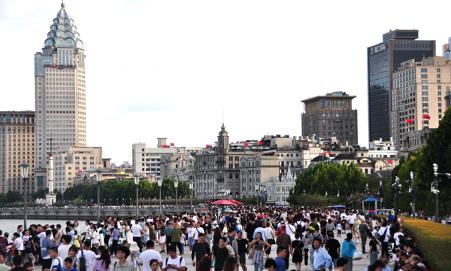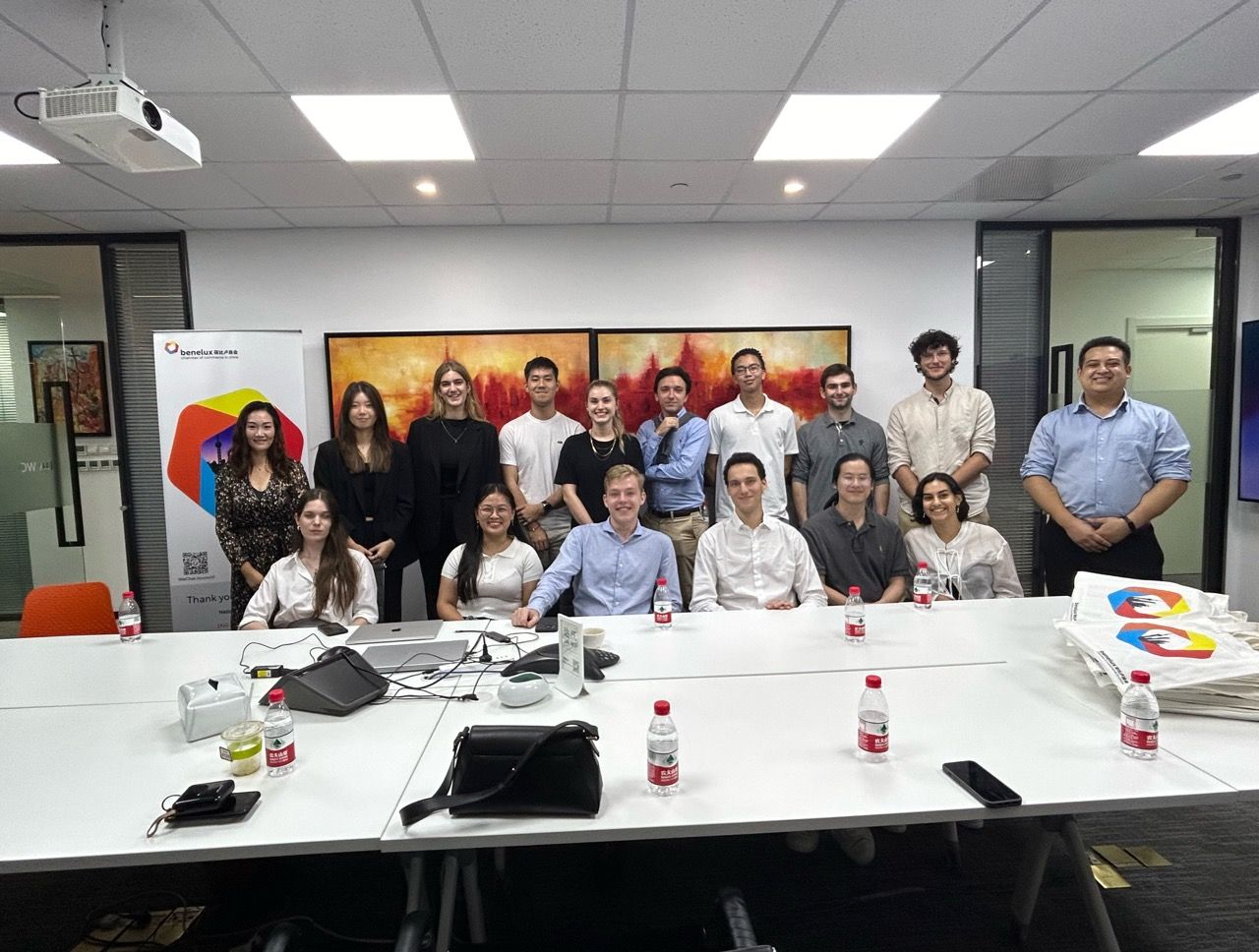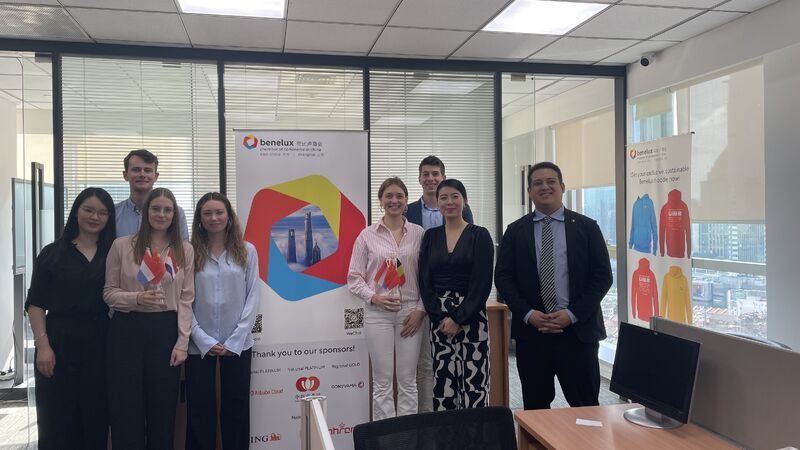Is Shanghai’s Tourism Market Recovering?
During the recent Mid-Autumn Festival and National Day holiday, Shanghai witnessed an exceptional surge in consumption and tourism, creating a vibrant and festive atmosphere throughout the city. As most of us who have been here for several years know, this unique confluence of two significant holidays yearly bring an inflow of domestic enthusiastic consumers to the city's commercial areas, streets, and malls, resulting in substantial offline consumption totalling a staggering 44.92 billion yuan (US$6.24 billion), as revealed by consumer big data monitoring.
Numerous sectors experienced substantial growth, with electronic products leading the way, boasting a year-on-year growth rate of 103.8 percent. Additionally, department stores, stationery and sporting goods outlets, and convenience stores all experienced significant increases of 57.3 percent, 26.4 percent, and 17.8 percent, respectively. Online consumption of physical retail goods also made a significant impact, totalling 31.39 billion yuan.
The holiday season saw a significant surge in the number of visitors flocking to key commercial districts, with a total of 37.89 million people exploring 35 prominent commercial areas. This marked a notable increase of 34.6 percent compared to the previous year and 19.8 percent when contrasted with the same holiday period in 2019.
Nanjing Road W., Lujiazui, and Nanjing Road E. emerged as the top three commercial districts in terms of consumption, achieving year-on-year growth rates of 8.1 percent, 10.6 percent, and 7.7 percent, respectively.
External visitors also played a substantial role in boosting the city's consumption expenditure, contributing to a total expenditure of 16.3 billion yuan. The total number of visits by external visitors reached 18.04 million, signifying an 18.0 percent year-on-year increase. Visitors from Jiangsu, Guangdong, and Zhejiang provinces accounted for a significant portion of external consumption, affirming Shanghai's status as a favoured destination for holiday shopping and tourism.
This not only bolstered tourism revenue but also demonstrated a certain recovery of the industry. Leading hotels experienced an average occupancy rate of 52.7 percent, marking a 4.5 percentage point increase compared to the same period in the previous year.
On the other hand…
Based on these numbers, it is evident that Shanghai's tourism market is experiencing a recovery, primarily driven by domestic tourists. However, international travelers remain hesitant to visit China, which is affecting the overall picture of the recovery.
In different news, we can see that foreign tourism in China remains well below pre-pandemic levels. Various factors, such as visa obstacles, language barriers, and concerns about China's policies and security, are keeping many international travelers away. This reluctance is hindering the post-pandemic recovery of China's inbound tourism sector.
The slow recovery of foreign tourism, as indicated by other newspapers such as South China Morning Post and the Hong Kong Free Press, is concerning for the wider economy, as it may affect foreign investment and diplomacy. Decreases in foreign direct investment and limited contact with China due to various issues may have negative consequences for China's economic growth.
Is there room for optimism?
The Benelux Chamber of Commerce in Shanghai has noted an enormous increase in Benelux students visiting and staying in Shanghai for 1 or 2 semesters! During September, the Chamber has connected with over 30 Benelux students currently residing in Shanghai, while estimates are as high as 50. In October, the Benelux Chamber will also attend, support and guide several overseas academic delegations, visiting Shanghai, Jiangsu and Zhejiang. The renewal of these academic ties add to the rebuilding of EU-China connections and are crucial for growth in both regions.
Source: SHINE, South China Morning Post
Editor: Jonathan Xu




